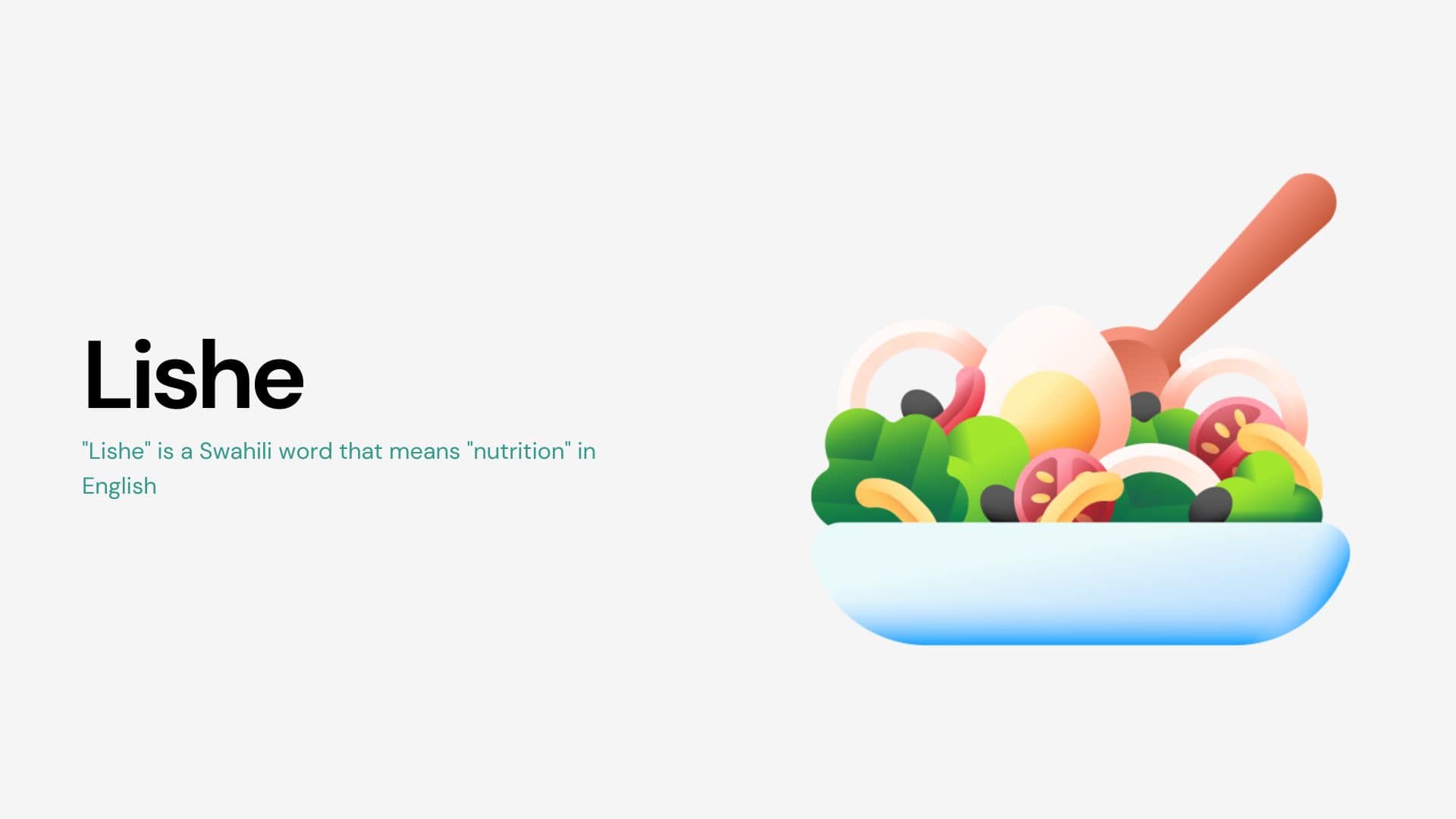What are we solving
Problem statement
Schools need to positively influence children food choices for healthier diets. Current practices, including junk food availability and lack of nutrition education, are hindering this goal. Lishe aims to find effective solutions for promoting healthy eating habits among children.
why is it a program
The focus was behaviour improvement rather than the inculcation of technology
how
Project planning
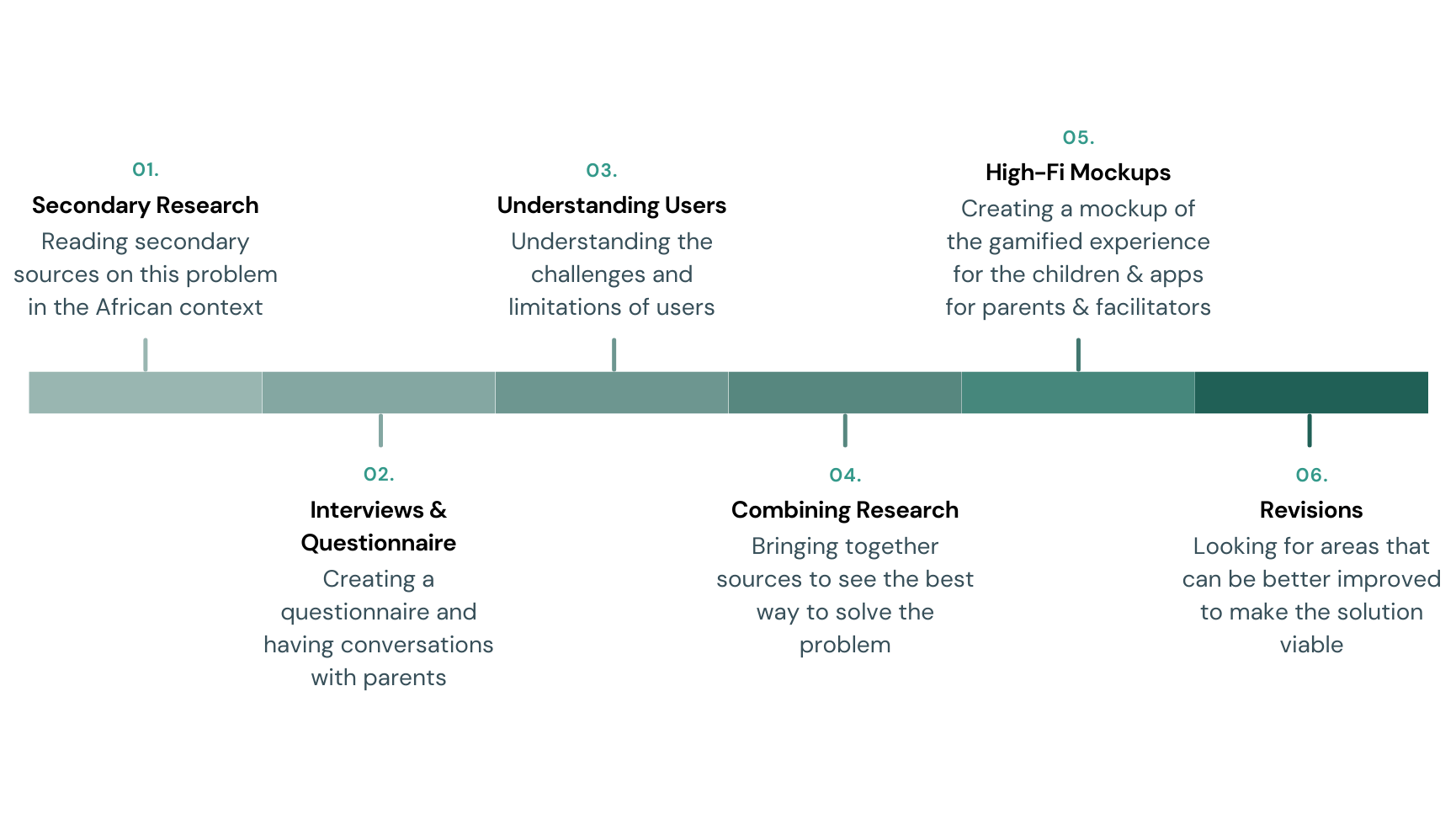
Secondary research
IVAC Method: Investigate – Vision – Action – Change
The IVAC method has been used in Danish schools and been adapted in some African studies to help children own outcomes for healthy living successfully.
Investigate
Children work to define what eating well means. Teachers teach what eating well means
Vision
Children decide how they want to eat better by coming up with plans
Action
Children decide what they want to do & set up systems that help them start eating better
Change
Children begin to initiate the actions they created in their plans
HealthKick
A randomised controlled trial primary school nutrition intervention to improve dietary quality of children in low-income settings in South Africa.
HealthKick sought to improve the following:
- Increase opportunities for physical activities
- Create healthy school nutrition policies
- Improve snack and food quality at canteens and tuck shops
- Increase dietary knowledge in school going children
Unfortunately, HealthKick failed due to the following reasons:
- Teachers were overwhelmed
- Schools in the target demographic faced much harder challenges like drug abuse and gansterism
- Children in the target demographic had very few food choices
- While trained facilitators could have been significantly more effective, they were expensive and hence unsustainable
what are we building & for who
Assumptions
- The availability of junk food in schools may be a significant barrier to promoting healthy eating habits
- There may be a lack of nutrition education and resources for teachers, parents, and students
- Limited control over food choices, due to factors such as packed lunches from parents or limited options in school canteens
- Schools have or can create spaces for students to participate in Lishe program activities, including supervised snack and meal preparation
Goals
- Promote a sense of ownership of the Lishe program among children
- Assist schools in establishing effective diet and snack policies to impact tuck shops and canteens near schools.
- Schools have flexibility to allow students to plan and schedule Lishe program events within the school term
- Lishe initially aimed at well-funded private primary schools, with plans to adapt for other funded private and public schools
primary research
Findings
Below are findings from a questionnaire used to gather understanding of parent-student interaction and behaviour regarding food in schools.
62%
Of children have access to different meals at school
The diet is not fixed for everyone and children can exercise choice to some degree albeit still limited
75%
Of children carry packed lunches to school everyday
These are lunches typically packed in a lunchbox or are food items purchased by the parents
75%
Of parents pack junk snacks as packed lunches
Junk snacks are crisps, biscuits, sweets, amigos, krackles, processed juices
50%
Of parents see improvements after undertaking healthy eating interventions at home
Some interventions include making fun healthy snacks, removal of all unhealthy options, creating reward systems and simply never introducing junk food
75%
Of children like school team competitions
These include sports days, talent days, language or subject weeks, spelling bees
61%
Of children are very engaged during school competition events
Parents can tell this through observing how excited the children are about events, their participation and how much they talk about the events
program participants
The actors and their roles
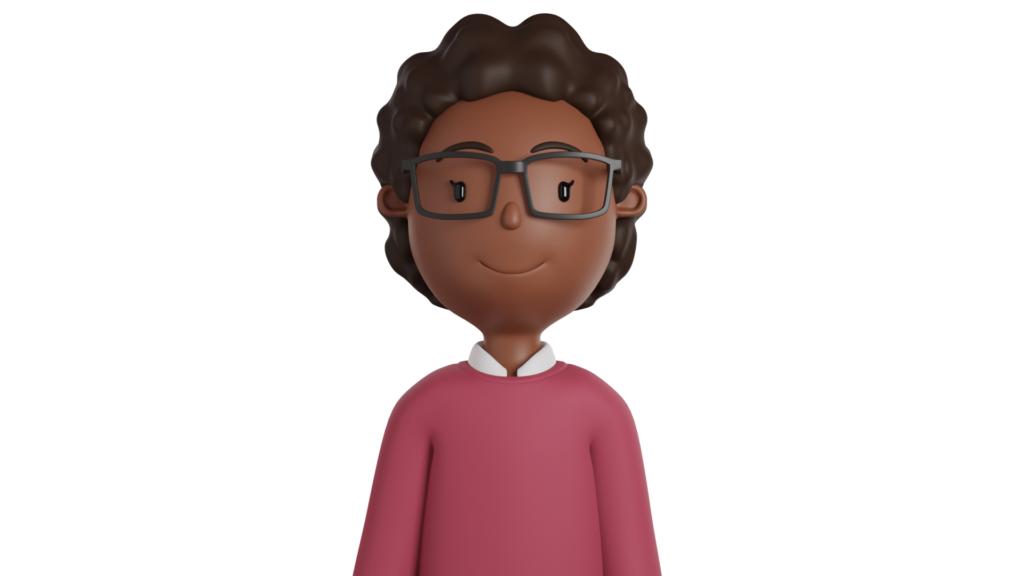
Parents
Sign up their children onto the platform. Indicate allergies and other dietary restrictions. Participate in activites geared towards creating healthier packed snacks both at home and at school.
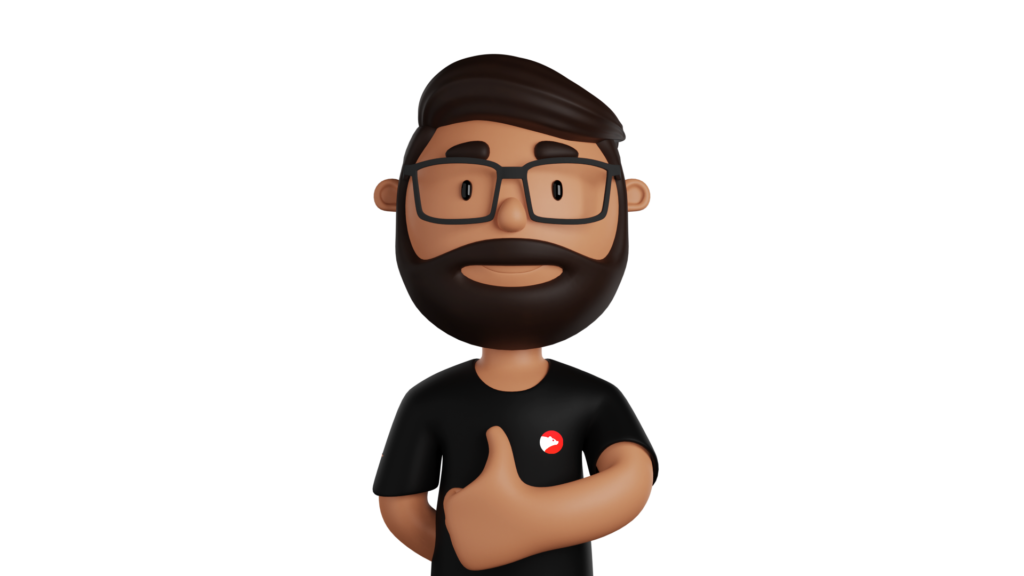
Facilitators
Create epic journeys that fit the specific community and school. Undertake skill sessions on proper nutrition with the students. Take ownership of managing the program in specific schools.

Students
Participate in skill sessions. Participate in supervised activities to teach them how to prepare better snacks. Take ownership of the reward system and scheduling of program events.
How actors participate in lishe
User journey
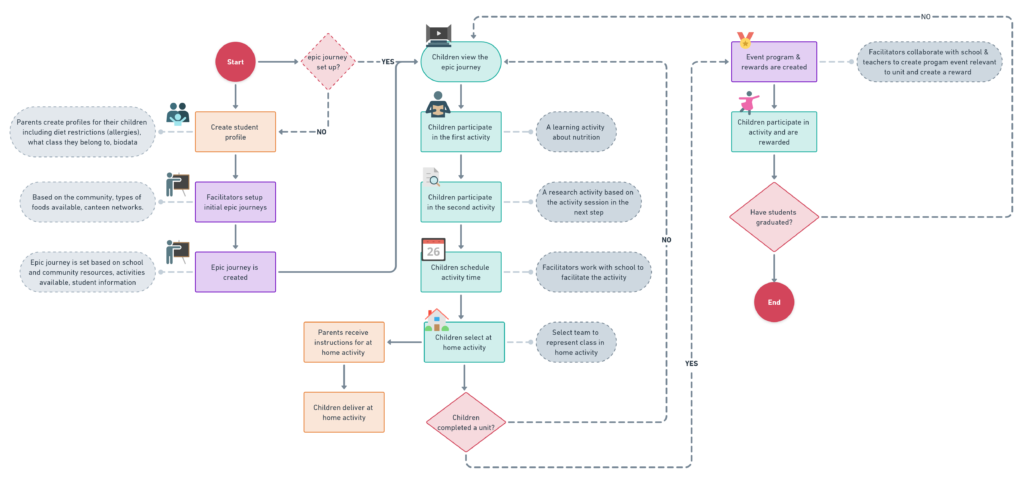
features & applications
Mobile and web app
A mobile & web app would serve to:
- Help facilitators plan the epic journeys on a school and communit basis to ensure the program selected fits the context
- Help parents view children’s (their class) progress
- Help parent receive updates and instruction when an at home task needs to be done
TV app
The TV app would serve to:
- Gamify the experience of learning about nutrition and making better food choices
- It would be used in dining halls to ensure schools didn’t have to spend too much money getting equipped for the program
- Create a sense of community and team work among classmates so that they can spur each other on in their nutrition journey
mockup
TV application
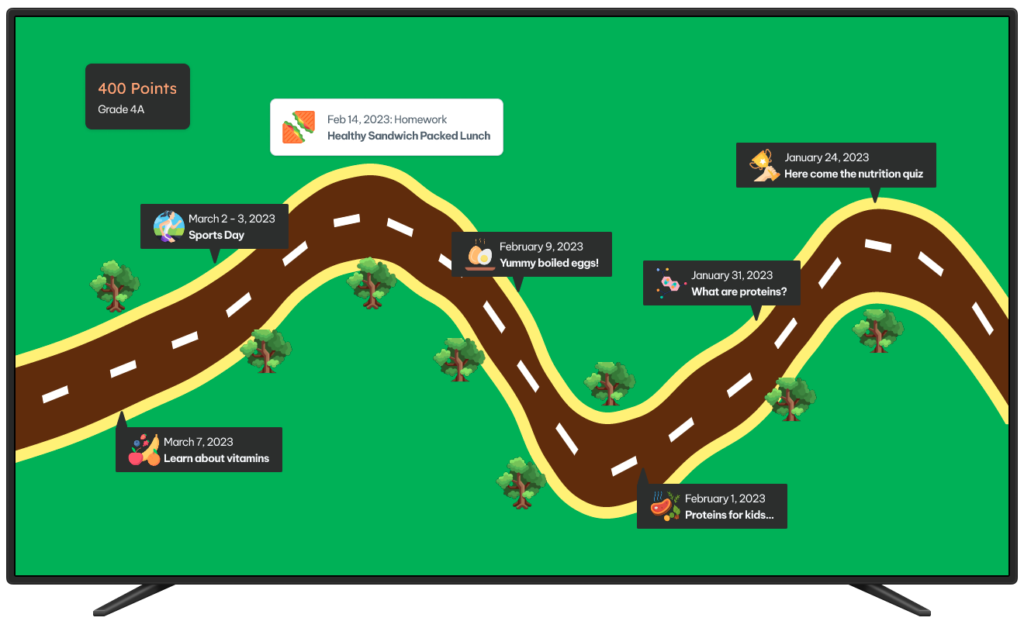
in hindsight
Improvements
- More product, design thinking and ideation work to create other adaptations of the Lishe program and accompanying technological tools to enable sufficiently resources private schools and public schools to benefit as well
- Set up empirical ways to measure:
- at what point do we see a shift or notable improvement in human behaviour (i.e. week 2 of Lishe? After first activity?)
- that students would continue to make healthy choices even after graduating
Next steps
- Create documentation for the Lishe program that answer key questions (i.e. how do we adapt the program for public schools, do we reduce activities?)
- Create user personas to better understand all the actors day to day activities, motivations, interaction with technology
- Provide better Hi-Fi Mockups for the web and mobile applications

